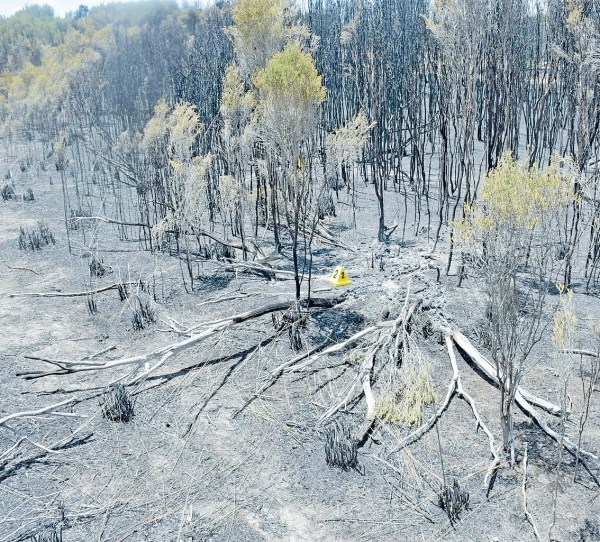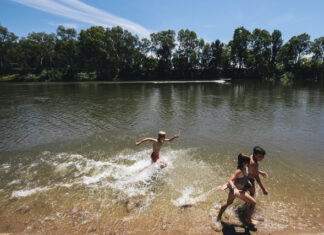

KINGSTON District mayor Kay Rasheed has welcomed a recommendation to upgrade and improve the state’s information and communications technology (ICT) following a review into the devastating 2019/20 summer South Australian bushfires.
The independent review, released this week, found limited telecommunications connectivity and Government Radio Network data capability impeded communications and community messaging during several major fires.
Communication was one of the main concerns raised in the aftermath of the Keilira fire – which burned more than 37,000 hectares, killing 3852 stock and destroying six buildings, including one home.
During community forums in Kingston, residents pleaded for improved telecommunications after several people experienced limited or no coverage during the emergency.
Welcoming the recommendation in the report, Ms Rasheed said the issue had somewhat been rectified with the announcement of funding for two mobile phone towers in the area.
“The blackspot issue was a major talking point and the fires were probably the catalyst in fast-tracking the funding for two phone towers in the region,” she said.
“I had my own experience with this issue first-hand and I am very happy it has been recognised in the report.”
Hazard reduction also became a key talking point in the aftermath of the fires that devastated not only South Australia, but the nation.
However, the review found weather conditions were so extreme that no level of hazard reduction would have prevented the fires.
Despite the finding, a recommendation was made to educate communities about their roles and responsibilities managing native vegetation to improve hazard reduction.
The report also called for additional resources to be deployed to manage fuel in a shorter fire offseason.
Country Fire Service captain Bob Davis said the recommendation was good in theory, however described hazard reduction as a difficult task.
“Of course there certainly needs to be scrub management, but often the timeline for it to be undertaken is very small,” he said.
“Conditions are either too wet or too hot, making it quite difficult to schedule burn-offs.”
The review also suggested the incorporation of Farm Firefighting Units (FFUs) in the Australasian Inter Service Incident Management System so that incident management teams were aware of their presence on the fire ground.
Ms Rasheed highlighted the large number of FFUs involved in the Keilira response and encouraged any changes to improve the safety of farmers on the frontline.
“Having some sort of record and being able to contact private units easily is a very valid recommendation and would be particularly prudent down here in the South East,” she said.
“FFUs were instrumental in the Keilira bushfire, not just fighting the fire, but they were also involved in the days after putting out hot spots and helping with a large amount of the cleanup.”
Ultimately, Ms Rasheed praised the undertaking of the independent review and hoped it would result in positive outcomes for future incidents.
“There seems to have been quite a few positive things to come out of it for fires down the track, because they will happen,” she said.
“If we can learn something from past fires and improve our response for the future then that’s a good thing.”
KEILIRA FIRE
• Started on December 30, 2019
• Burnt 37,182 hectares
• One home was destroyed
• Five non-residential buildings were destroyed
• 3666 stock were killed in the fire
• No vehicles were destroyed
• No lives were lost





